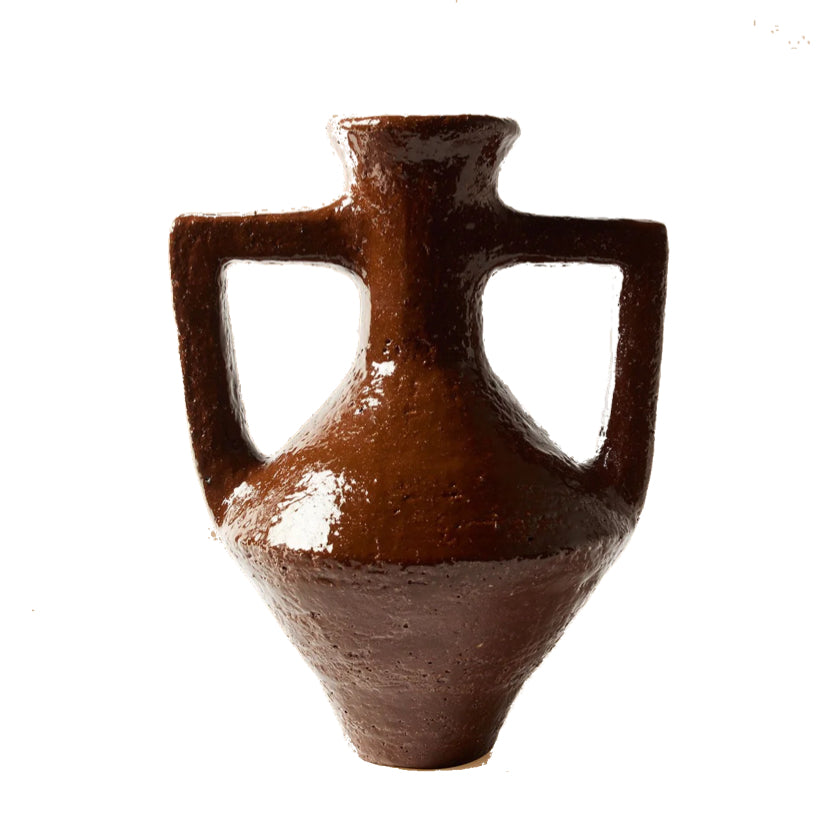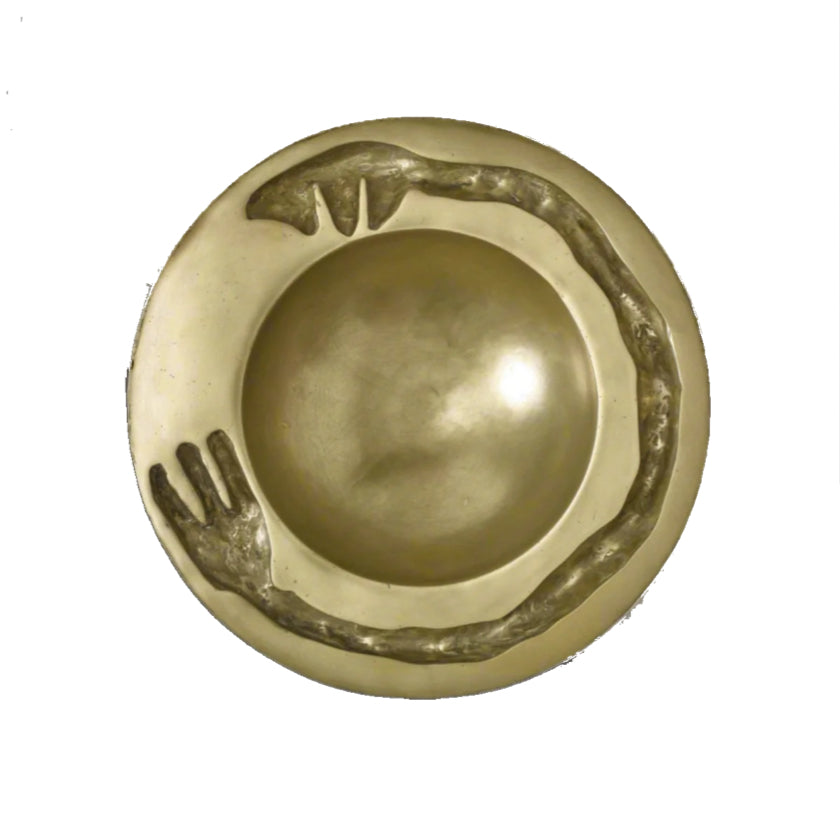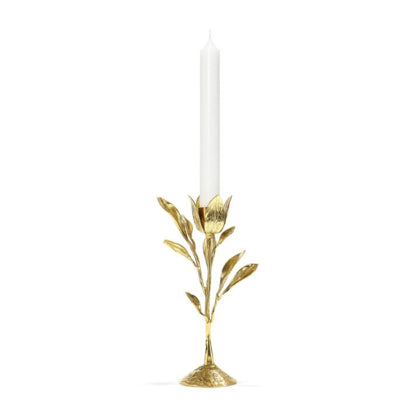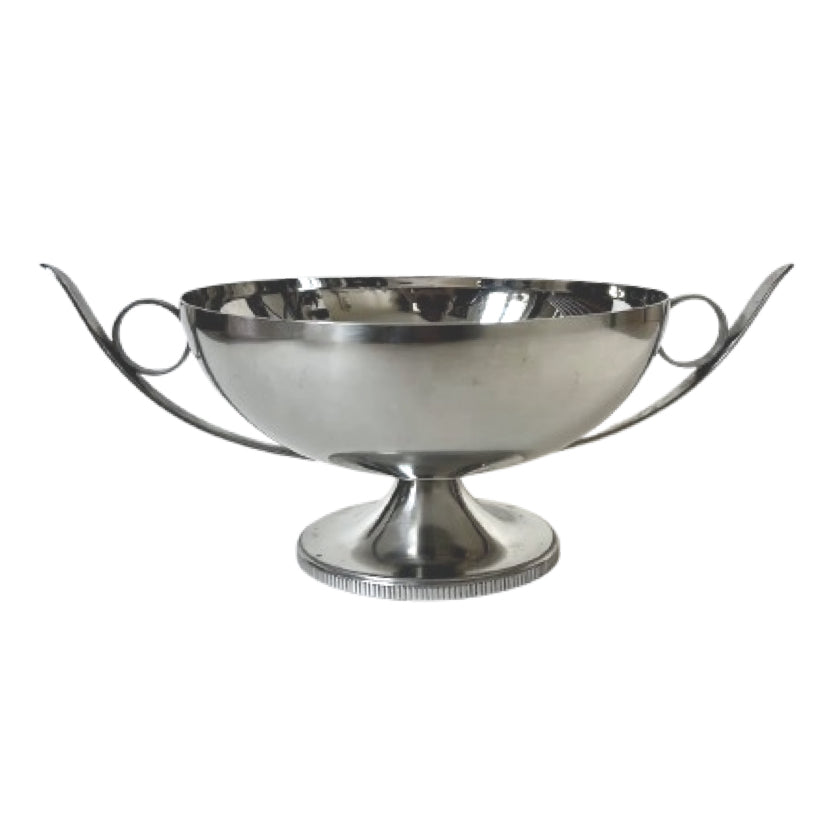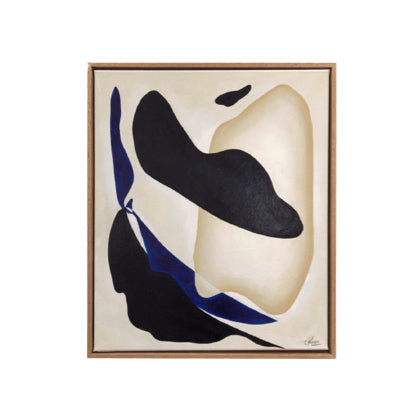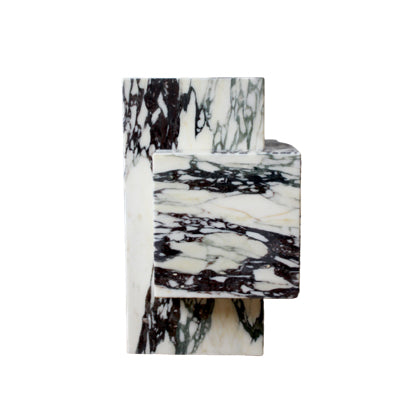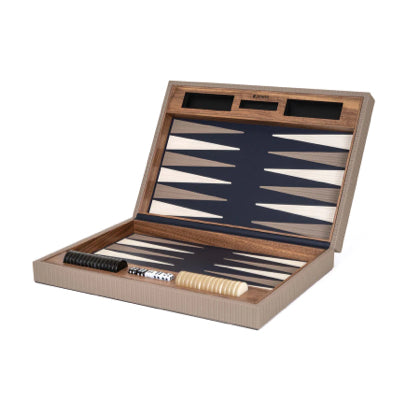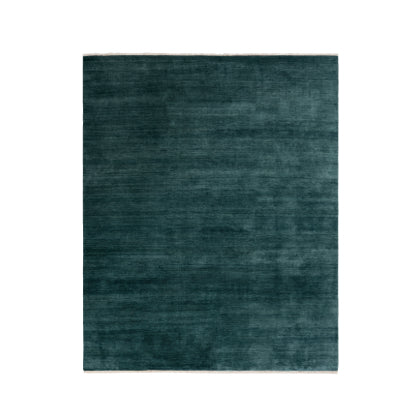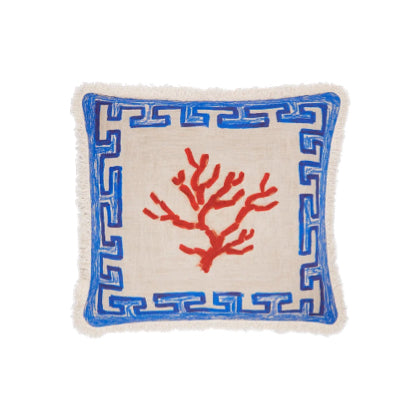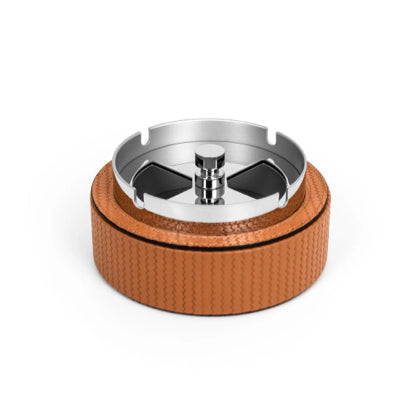Postmodern
Understanding the Philosophy of Postmodern Curation
This philosophy encourages a playful interaction with art and architecture, inviting viewers to interpret works through their own experiences and perspectives, much like how modern home decor reflects personal style.
The beauty of this collection lies in its ability to juxtapose the familiar with the unfamiliar. Each artwork acts like a jukebox, playing an array of cultural references and historical dialogues. By incorporating various artistic styles and materials, our curation reflects the complexity of modern existence. We believe that art should reflect life, full of contradictions and layered meanings, encouraging viewers to engage with the works on multiple levels.
Curation in the Postmodern spirit also means embracing irony and self-reference. As you navigate through the collection, you'll notice how certain pieces playfully critique their own mediums or the very notion of art itself. This invites an active participation from the audience, asking them to question not just the works, but their own perceptions of art and culture. It’s a celebration of diversity and an acknowledgment of the rich tapestry that contemporary art truly is.
The jukebox has long been a symbol of cultural expression, bridging music and visual art in a singular form. Originating in the early 20th century, these machines showcased not only the latest hits but also intricate designs that reflected the eras in which they thrived. From the ornate carvings of the 1940s to the sleek, modernist shapes of the 1980s, the jukebox has evolved dramatically, mirroring the shifts in artistic styles and societal values. Each iteration tells a story, encapsulating the spirit of its time while inviting users to engage with music in a tactile way.
In the realm of architecture and design, the jukebox has served as a muse, inspiring various artists to integrate its playful aesthetics into larger works. The juxtaposition of mechanical and artistic features in jukebox design often reflects the broader post-war optimism and the rise of consumer culture. This interplay has allowed for innovative approaches to space and form, where the jukebox becomes not just a source of music but a focal point in social settings, encouraging interaction and nostalgia. As we appreciate these machines, we uncover layers of cultural significance that resonate well beyond their musical capabilities.
Architecture today is a vibrant blend of styles and influences, reflecting the cultural and aesthetic shifts of our time. In modern design, the integration of various elements can enhance the overall ambiance of a space. For instance, juxtaposing sleek, contemporary lines with retro accents, such as a vintage jukebox, can create an inviting atmosphere that tells a unique story. This playful combination not only showcases the beauty of architecture but also highlights personal expression in design choices. Each piece selected contributes to a narrative that resonates with both the inhabitants and their guests.
When styling a space, consider the balance between structure and decoration. Architectural features like exposed beams or raw materials can serve as focal points, allowing for more subtle decorative elements to shine. Layering textures and colors can further enhance the architectural integrity of a room, inviting comfort while maintaining a modern aesthetic. Choosing art that complements these elements—perhaps a piece that echoes the curves of a building or the angular shapes of a city skyline—can elevate the visual impact.
Regular care and maintenance of architectural features ensure longevity and beauty. Dust and grime can dull the elegance of woodwork or stone, so a gentle cleaning routine is essential. Be mindful of using appropriate products that protect the materials while preserving their original charm. This thoughtful approach to care not only honors the craftsmanship of the architecture but also keeps your space feeling fresh and inviting.

